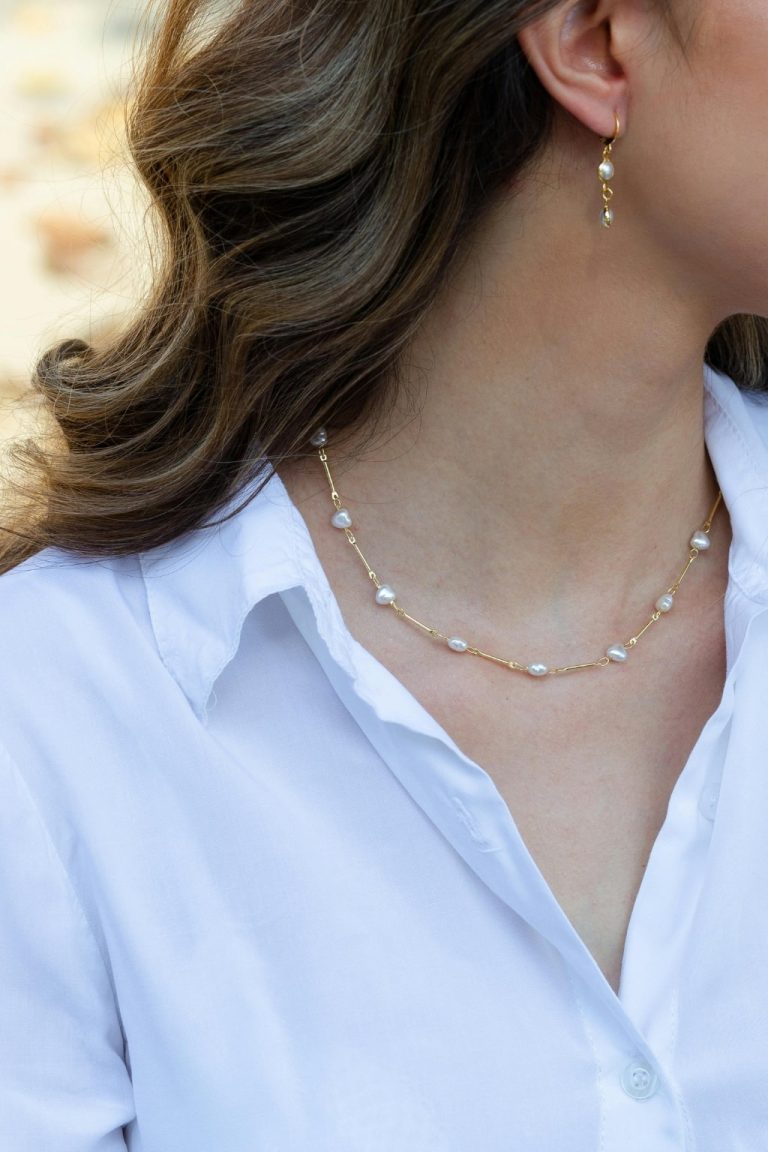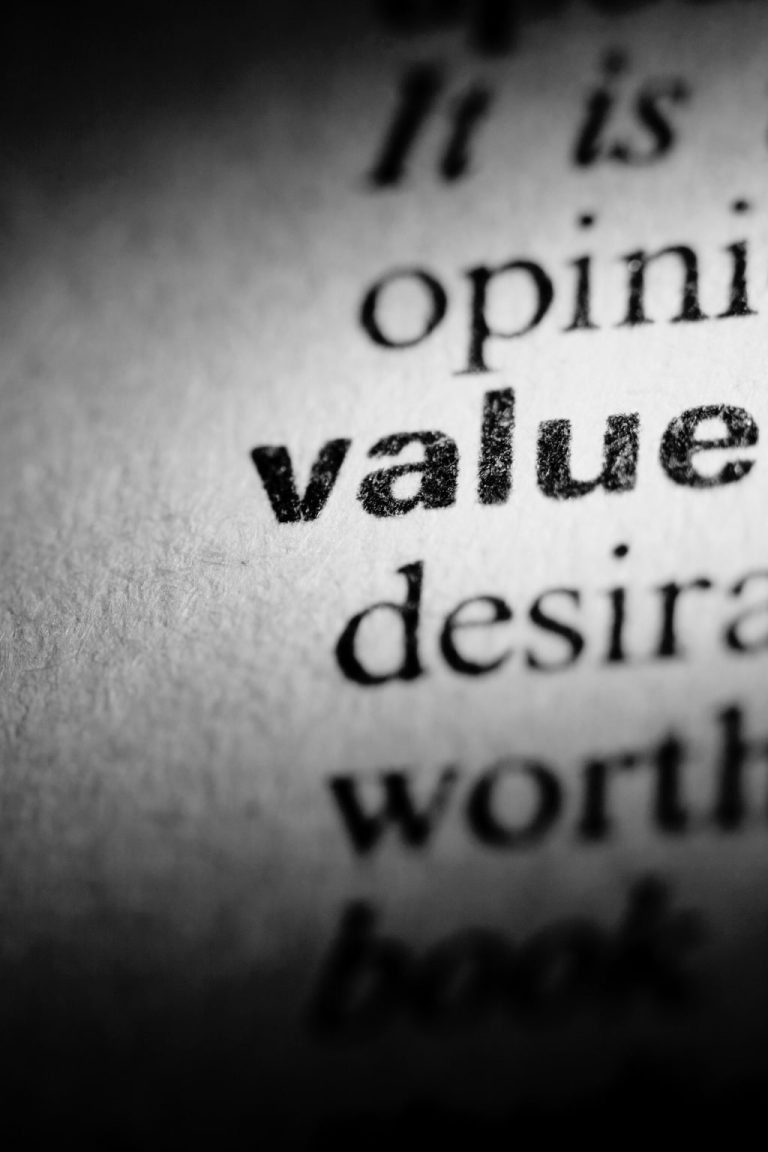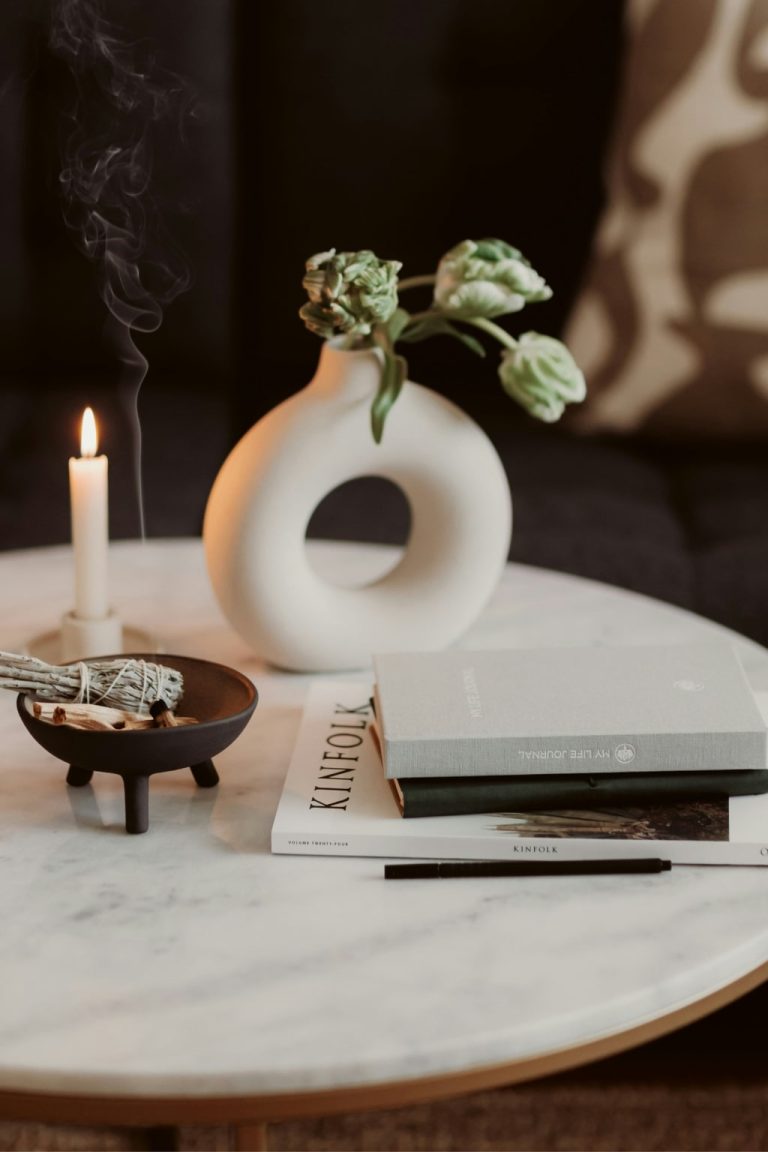The gendered politics of pursuit
Pursuit has always carried meaning. To chase is to declare value. To be chased is to feel wanted. For centuries, these roles were divided neatly by gender. Men pursued. Women attracted. Desire flowed in one direction. Even as culture evolved, this pattern remained quietly embedded beneath new language of equality and independence.
Today, the pursuit dynamic still lingers. Modern women are encouraged to know their worth but rarely to declare their desire. They are told to be confident, but not to chase. To attract, not to ask. The message is subtle but familiar: being chosen is better than choosing.
The problem is that waiting to be chosen creates passivity disguised as femininity. And for many women, that still feels safer than the vulnerability of initiation.
The conditioning behind pursuit
Most women were raised on stories where being pursued equals being valued. From fairytales to films, romance begins when she is noticed, not when she acts. Attraction, therefore, becomes a reward for restraint. Pursuit, a risk she is taught to avoid.
This narrative is not only cultural but emotional. Pursuing someone requires exposure. It risks rejection, which, for women conditioned to equate worth with being desired, feels like shame. So the habit forms early: make yourself appealing, then wait.
Even as women have gained power in education, work, and autonomy, emotional scripts lag behind. We are fluent in ambition yet cautious with desire. The fear of being too forward remains disguised as grace.
Try this
- Notice when hesitation is labelled as mystery.
- Ask yourself whether waiting feels natural or learned.
- Remember that expressing interest is confidence, not desperation.
The emotional currency of being pursued
Being pursued activates something primal. It feels like confirmation, a signal that you are seen and selected. Biologically, the brain reads pursuit as safety. It lowers uncertainty and boosts dopamine. Emotionally, it creates a sense of validation that runs deeper than logic.
This is why many women crave pursuit even when they value independence. It soothes a social wound older than memory, the inherited belief that love must be earned by being wanted.
But when pursuit becomes the only acceptable position, power becomes dependent. The woman waits to be chosen rather than to choose. Her agency sits quietly behind her desirability.
Try this
- Ask yourself what being pursued represents: desire or proof.
- Notice if attraction fades once validation arrives.
- Redefine pursuit as energy exchange, not performance.
The problem with waiting
Waiting has been framed as feminine patience, but it can become passivity. When women wait too long to act, they mistake composure for control. The illusion of power hides the absence of participation.
The truth is, waiting often comes from fear, fear of rejection, judgment, or appearing too much. Yet the refusal to risk vulnerability creates emotional distance. Desire needs movement to stay alive.
In modern relationships, hesitation can lead to ambiguity. Mixed signals replace communication. People perform restraint instead of honesty. The result is connection that looks effortless but feels uncertain.
Try this
- Practise small moments of initiation, such as suggesting plans or stating interest.
- View rejection as redirection, not failure.
- Let clarity replace strategy.
When pursuit becomes performance
The pursuit game persists because it flatters the ego. It allows both sides to feel powerful in different ways: the pursuer through action, the pursued through validation. But it can also become theatre. The focus shifts from genuine connection to managing perception.
Social scripts tell women that withholding attention creates allure. In reality, it often creates confusion. Playing hard to get only works if the goal is attention, not intimacy.
True attraction thrives on reciprocity. Pursuit should feel mutual, a rhythm of interest and response, not chase and retreat.
Try this
- Replace rules with responsiveness. If you feel drawn, express it.
- Notice how authenticity changes the tone of communication.
- See pursuit as participation, not performance.
Mutual pursuit in modern relationships
Healthy pursuit is shared. It is two people signalling interest with confidence and respect. It moves beyond roles into rhythm, where both initiate and both respond.
In mature relationships, pursuit does not end once connection begins. It evolves into consistent curiosity. To pursue is to pay attention, to keep discovering the person in front of you. When both partners contribute that energy, attraction deepens instead of fading.
Try this
- Keep pursuing the person you are with. Attention is maintenance.
- Celebrate mutual effort instead of expecting constant initiation from one side.
- Let desire be collaborative, not competitive.
The feminine version of pursuit
Pursuit does not have to look aggressive or assertive. Feminine pursuit can be subtle, intuitive, and grounded in presence. It is the quiet expression of interest that invites, not demands. It is approach rather than chase.
This form of pursuit feels magnetic because it comes from self possession. When a woman moves with clarity, she signals value without waiting for permission. Desire, in this form, becomes graceful.
Try this
- Practise expressing attraction with curiosity instead of fear.
- Show interest through intention: time, attention, sincerity.
- Allow pursuit to feel soft rather than strategic.
Final thoughts
The politics of pursuit reveal more than who makes the first move. They expose how comfort and courage are still divided by gender. Every woman deserves to feel desired, but also empowered to desire. Pursuit, at its best, is not conquest. It is communication.
The new pursuit is mutual, fluid, and free from scripts. It honours both initiative and receptivity. To pursue and to be pursued are no longer opposites, but parts of the same dance, one that feels most alive when both people are willing to move.






